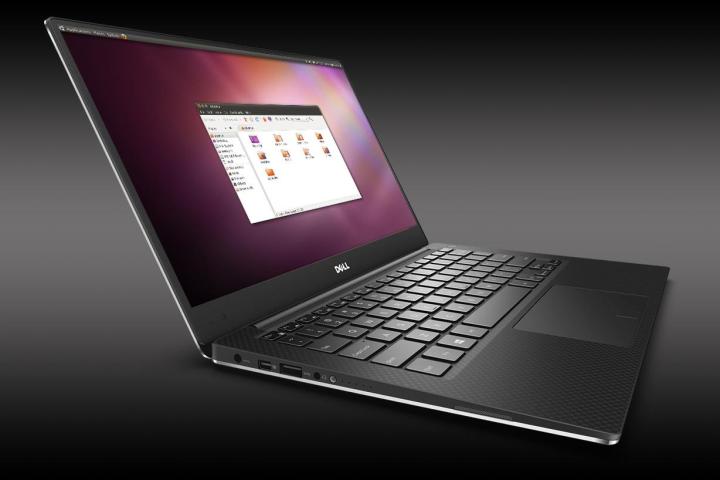
Yesterday, Dell’s Global Technical Support for Business Customers Twitter account posted a link that explained how to install Ubuntu on one of their machines, as reported by Phoronix. The guide was accompanied by the comment ‘Time for a new OS… why not try #Ubuntu?’
This tweet shouldn’t suggest that Dell is preparing to dump Windows for Ubuntu on a wider scale, but it’s certainly an interesting sentiment for the company to share with the account’s followers. While it’s well loved by its users, Ubuntu doesn’t have anywhere near the mainstream cognizance of popular OS options like Windows and Mac OS X.
However, this is far from the first time Dell has flown the Ubuntu flag. As far back as 2007, the company was making plans to offer consumer PCs with Linux pre-installed, and the particular distribution that was selected for inclusion was Ubuntu.
Earlier this year, the company announced plans for developer-centric versions of its XPS 13 and M3800 systems that would run Ubuntu as standard. The deal works out for all parties, as using an open-source OS means that Dell can shave off the cost of a Windows licence, and in turn reduce the selling price for the consumer.
Users are increasingly becoming more open-minded about experimenting with a different OS, so it makes perfect sense for Dell to push Ubuntu — especially if it means the company can lower prices. The question is, how long will it take for the masses to be as comfortable with an Ubuntu rig as they would be with a system running Windows?


